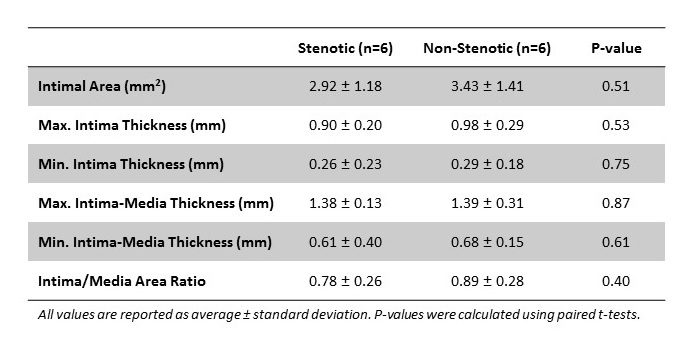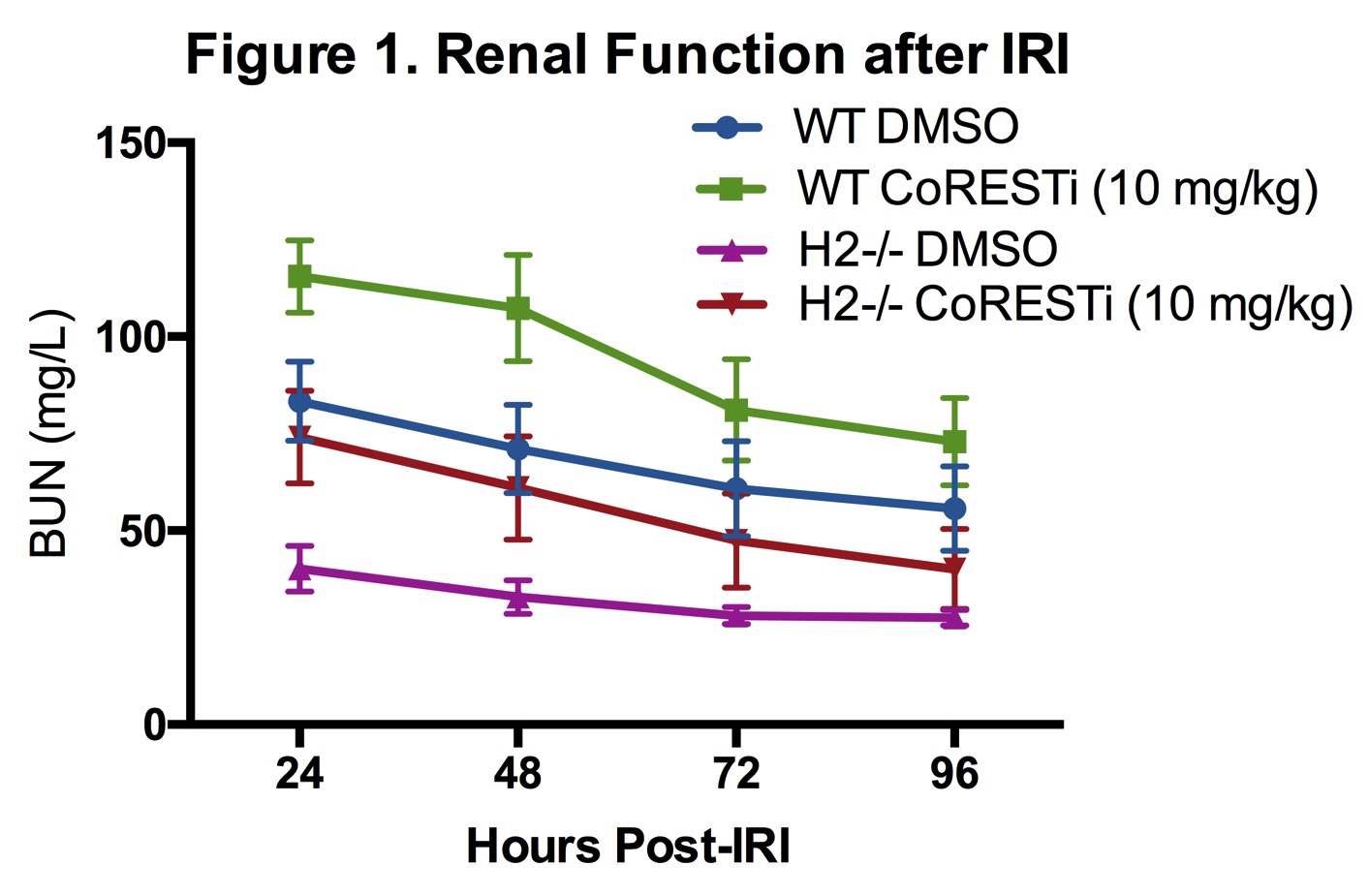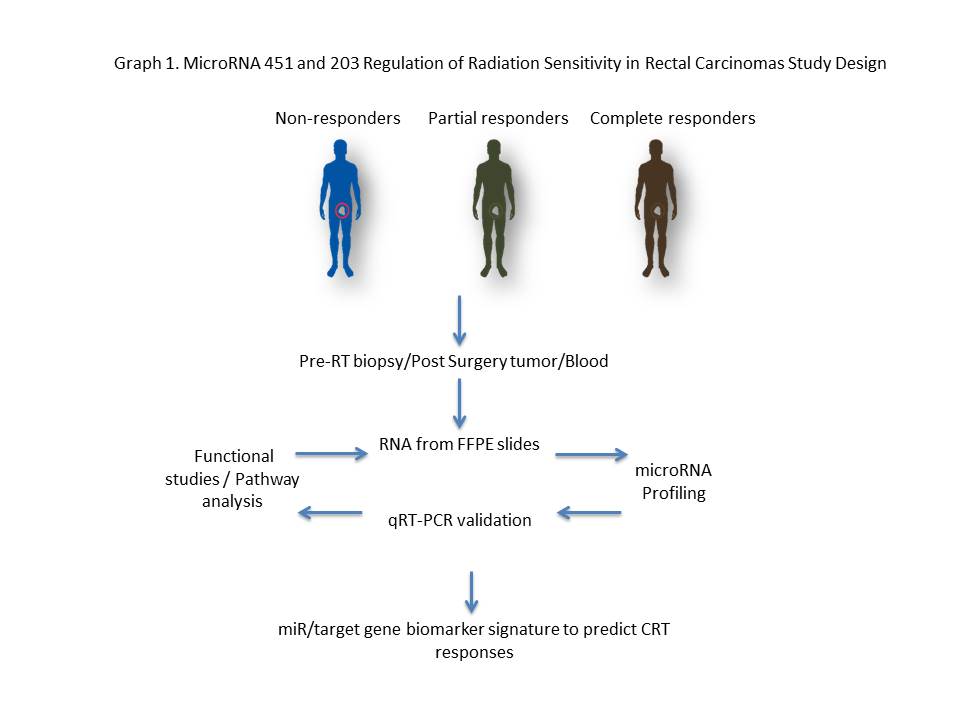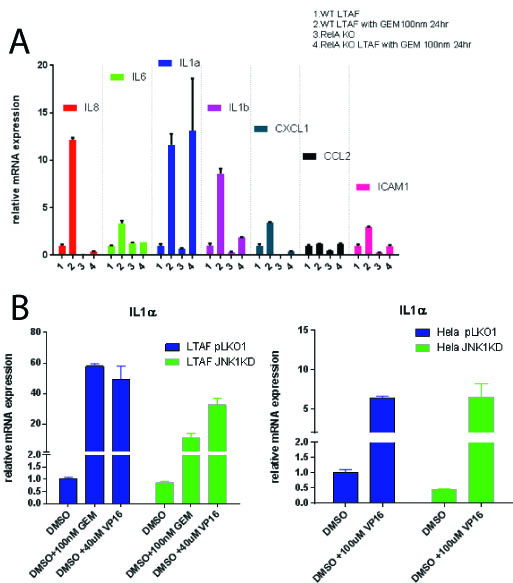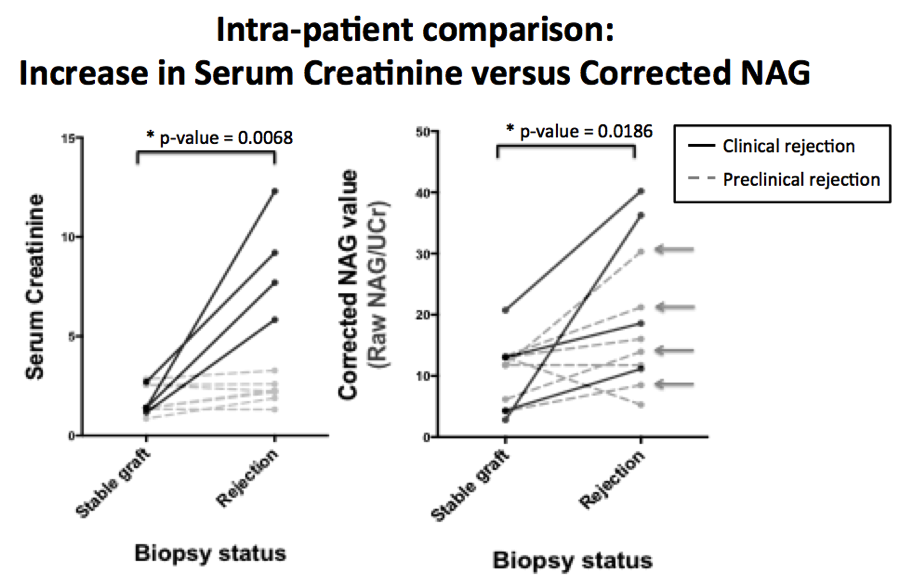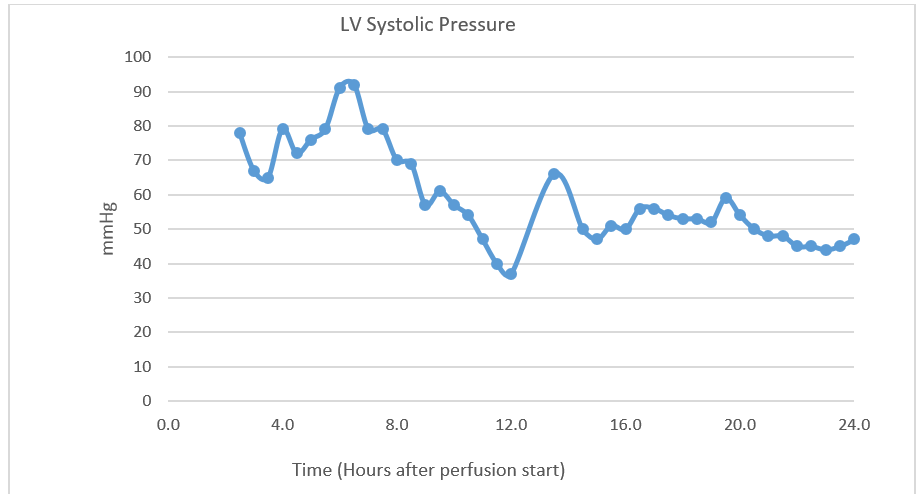C. Padmanabhan1, E. J. Rellinger1, H. An1, A. G. Waterson2, C. W. Lindsley2, A. Means1, R. D. Beauchamp1 1Vanderbilt University Medical Center,Surgery,Nashville, TN, USA 2Vanderbilt University Medical Center,Chemistry,Nashville, TN, USA
Introduction:
Epithelial cancers comprise the top four causes of cancer related deaths in the United States. Epithelial-to-mesenchymal transition (EMT) is a major cellular reprogramming of epithelial cancers associated with loss of E-cadherin expression and resistance to apoptosis. The mechanism that drives this phenotype, however, is unclear and this knowledge gap has hindered the development of apoptosis inducing therapeutics. It has previously been reported that E-cadherin expression is necessary for apoptosis induction by the tumor necrosis factor related apoptosis inducing ligand (TRAIL). Using a small molecule, ML327, that we previously showed to partially reverse EMT, we have identified the short variant of the cellular FLICE-like inhibitory protein (cFLIP) as a critical regulator of EMT-associated resistance to TRAIL that is independent of E-cadherin re-expression.
Methods:
Trail Sensitization: Solid tumor cancer cell lines were treated with either ML327 (10 μ M) or vehicle control for 24 hours. TRAIL was added at 24 hours (50 – 500 ng/mL) for 4 hours. Cells were lysed and analyzed via western blot for cFLIP and markers of apoptosis. Cells were also fixed and stained with propidium iodide (PI) and analyzed via FACS cell cycle analysis.
cFLIP Knockdown: si-RNA knockdown of cFLIP was performed and cells were subsequently treated with TRAIL as above. Cells were lysed and analyzed via western blot for cFLIP and markers of apoptosis.
cFLIP Overexpression: cFLIPS was exogenously overexpressed using a CMV promoter based plasmid. Transfected cells were treated with ML327 and TRAIL as above. Cells were lysed and analyzed via western blot for cFLIP and markers of apoptosis.
E-Cadherin Independence: si-RNA knockdown of E-cadherin was performed in cancer cells and cells were subsequently treated with ML327 or vehicle and TRAIL as above. Cells were lysed and analyzed via western blot for e-cadherin, cFLIP, and markers of apoptosis.
Results:
ML327 treatment caused a significant reduction of cFLIPS protein at 24 hours. This reduction in cFLIPS was associated with TRAIL sensitization as measured by cleaved PARP and sub G0 population on cell cycle analysis. si-RNA knockdown of cFLIP mimicked ML327 treatment and sensitized cancer cells to TRAIL-induced apoptosis. cFLIPS overexpression blunted apoptosis induction by ML327 and TRAIL. E-cadherin re-expression was not required for ML327-induced TRAIL sensitization.
Conclusion:
EMT-associated resistance to apoptosis in epithelial cancers is well described but the mechanism that drives this phenotype is unclear. Here, we demonstrate that cFLIPS is a critical regulator of this phenotype and that E-cadherin expression may not be necessary for apoptosis induction. Further study is required to determine the exact mechanism of cFLIP loss with EMT reversal and whether this finding can be exploited for therapeutic development.
